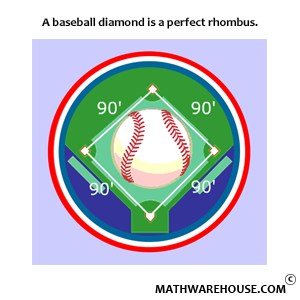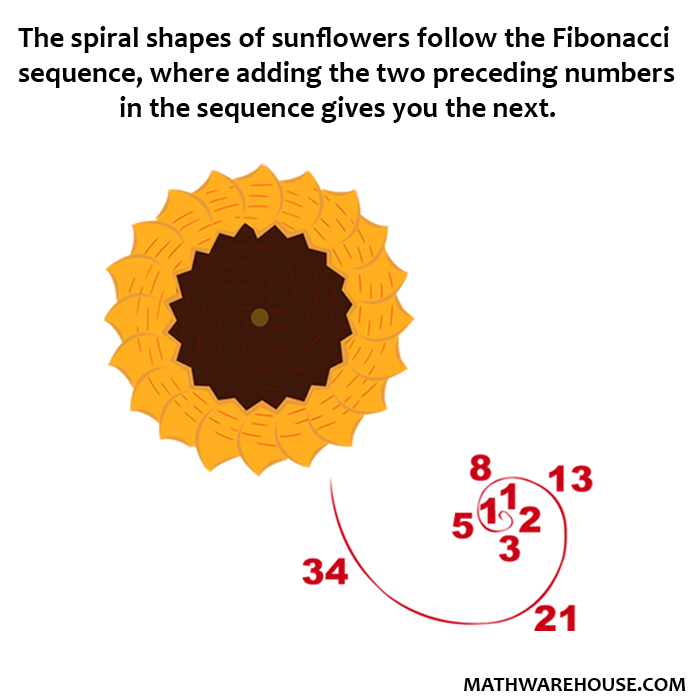Quick Overview
- Differentiating a function gives the first derivative.
- Differentiating the first derivative gives the second derivative.
- Differentiating the second derivative gives the third derivative, and so on.
Basic Idea
Suppose, for example, that $$f(x) = x^3$$. Then
$$ \begin{array}{rll} \mbox{differentiating once gives} & f'(x) = 3x^2 & \mbox{which is the} \hspace{1mm} \textit{first derivative}.\\[6pt] \mbox{differentiating again gives} & f'(x) = 6x & \mbox{which is the} \hspace{1mm} \textit{second derivative}.\\[6pt] \mbox{differentiating once again gives} & f'(x) = 6 & \mbox{which is the} \hspace{1mm} \textit{third derivative}. \end{array} $$
and so on.
Notation for Higher-Order Derivatives
$$ \begin{array}{l|c|c|} & \mbox{Prime} & \mbox{Ratio}\\ & \mbox{Notation} & \mbox{Notation}\\ \hline \mbox{1st Derivative} & f'(x) & \frac{df}{dx}\\ \mbox{2nd Derivative} & f''(x) & \frac{d^2f}{dx^2}\\ \mbox{3rd Derivative} & f'''(x) & \frac{d^3f}{dx^3}\\ \mbox{4th Derivative} & f^{(4)}(x) & \frac{d^4f}{dx^4}\\ \mbox{5th Derivative} & f^{(5)}(x) & \frac{d^5f}{dx^5}\\ \vdots & \vdots & \vdots\\ \mbox{nth Derivative} & f^{(n)}(x) & \frac{d^nf}{dx^n} \end{array} $$
Notice that after the third derivative, the prime notation changes. This is because it would be too hard to read lots of tick marks.
Examples
Example 1
Suppose $$f(x) = 5x^3+3x^2-7x + 4$$. Find the second and third derivatives.
Step 1Find the first derivative.
$$ f'(x) = 15x^2 + 6x - 7 $$
Step 2Find the second derivative.
$$ f''(x) = 30x + 6 $$
Step 3Find the third derivative.
$$ f'''(x) = 30 $$
AnswerThe second derivative is $$f''(x) = 30x + 6$$. The third derivative is $$f'''(x) = 30$$.
Example 2
Suppose $$f(x) = \frac{4x+3}{2x-5}$$. Find the second derivative.
Step 1Find the first derivative using the quotient rule. Simplify the result.
$$ \begin{align*} f'(x) & = \frac{(2x-5)\cdot 4 - (4x+3)\cdot 2}{(2x-5)^2}\\[6pt] & = \frac{8x-20 - (8x+6)}{(2x-5)^2}\\[6pt] & = \frac{8x-20 - 8x-6}{(2x-5)^2}\\[6pt] & = \frac{-20-6}{(2x-5)^2}\\[6pt] & = \frac{-26}{(2x-5)^2} \end{align*} $$
Step 2Rewrite the first derivative using a negative exponent.
$$ f'(x) = -26(2x-5)^{-2} $$
Step 3Find the second derivative using the chain rule. Simplify.
$$ \begin{align*} f''(x) & = -26(-2)(2x-5)^{-3}\cdot \frac d {dx}(2x-5)\\[6pt] & = 52(2x-5)^{-3}\cdot 2\\[6pt] & = 104(2x-5)^{-3}\\[6pt] & = \frac{104}{(2x-5)^3} \end{align*} $$
Answer$$\displaystyle f''(x) = \frac{104}{(2x-5)^3}$$.


















